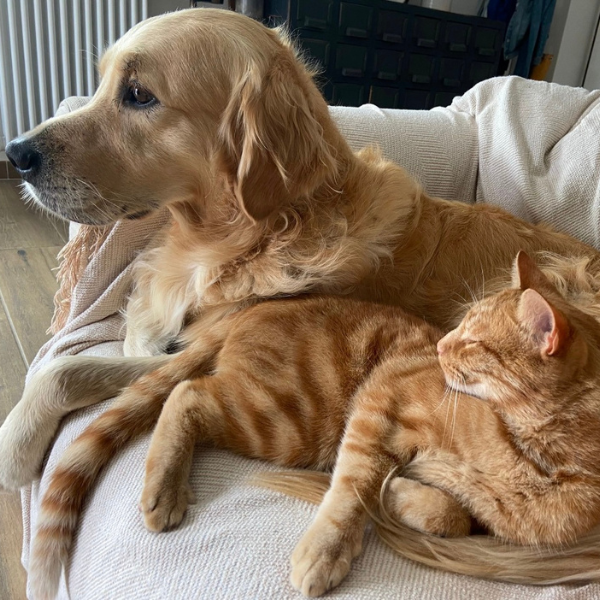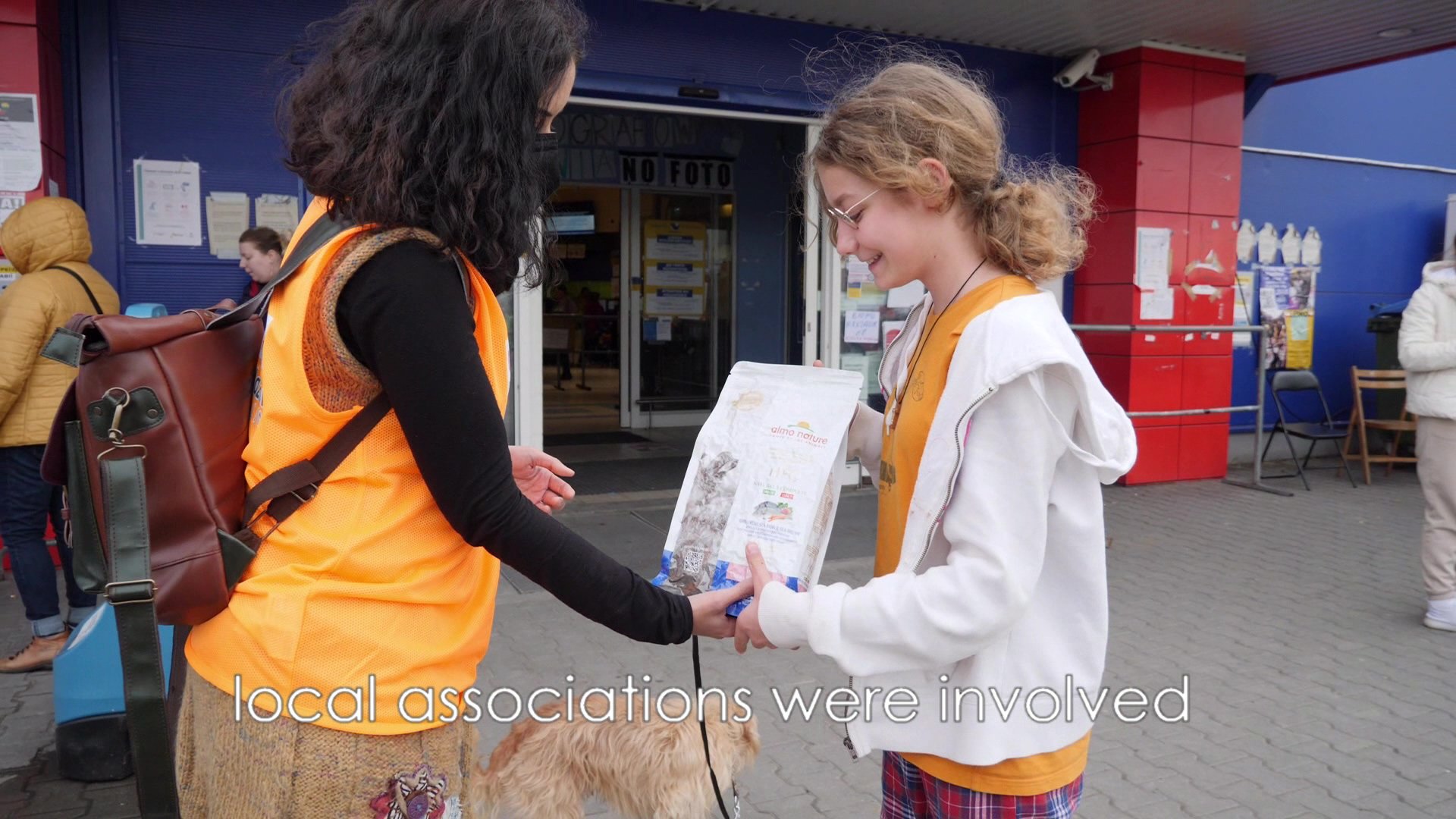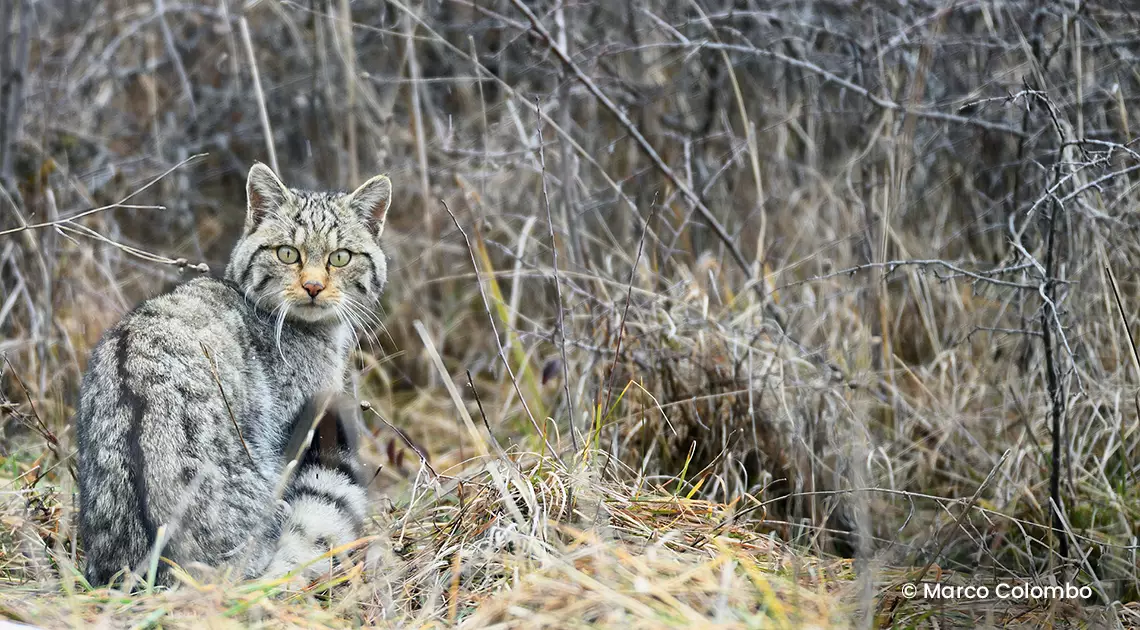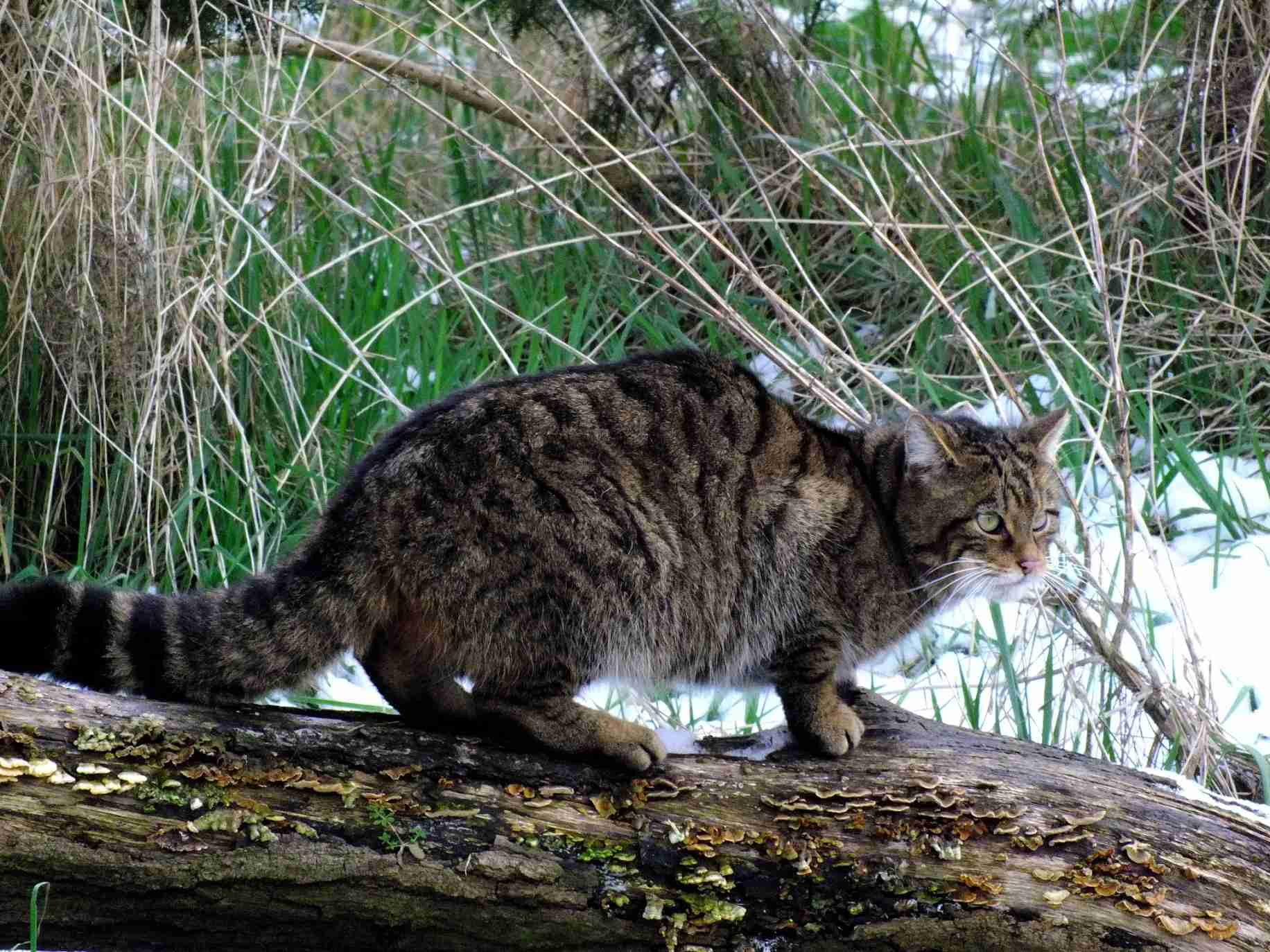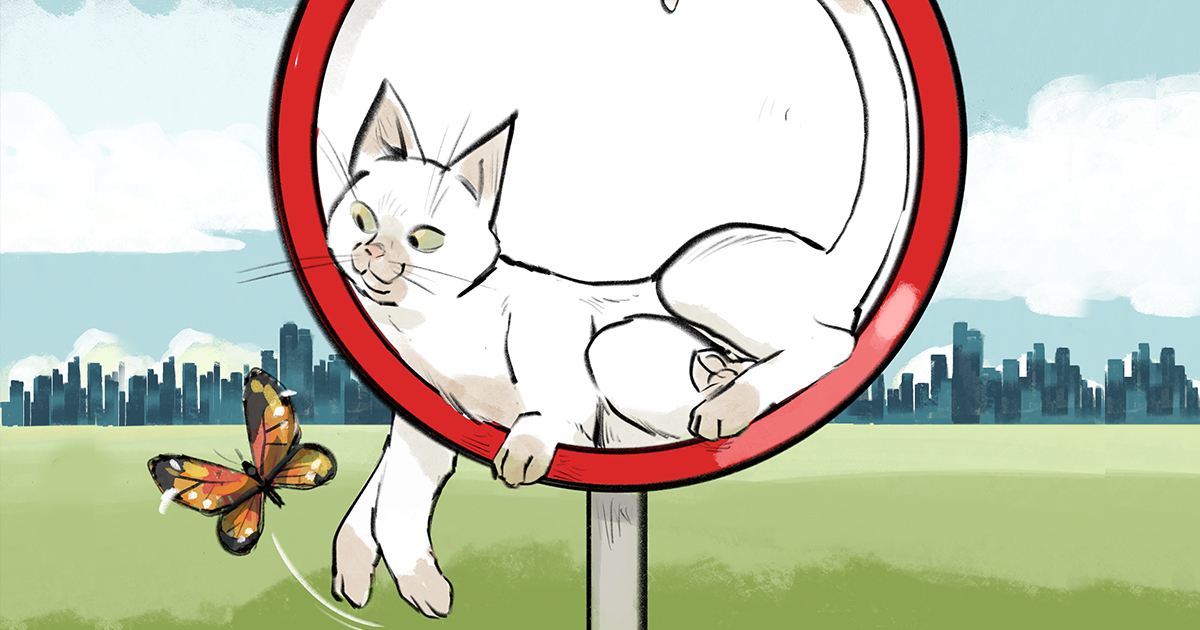How to distinguish a stray cat from a feral cat or a wildcat... a short guide

When you meet a cat in the street who is clearly not a domestic cat, it’s really important to understand which kind of cat you’re dealing with, and to behave accordingly. This blog provides some helpful tips for when you cross paths with a cat out on the street.
There are two main differences that divide stray and feral cats from wildcats. Some are just more obvious than others.
Physical differences between the cats
While stray cats and feral cats are often part of the same species (felis catus), wildcats are in fact a different species (felis silvestris), with different characteristics. The most recognisable difference is their size: wildcats are considerably bigger and stronger than the domestic cat: domestic cats are normally not longer than 80cm long (tail included), while wildcats can reach up to 120cm in length. In particular, the wildcat’s tail is significantly longer and thicker than the tail of a domestic cat. Another difference is the fur: wildcats generally have thicker grey-brown fur with a typical striped pattern.
Behavioural differences between the cats
This is the most significant difference between a stray and a feral cat. Stray cats are domestic cats that are used to humans and have been socialised. Feral cats either grown up, or they lived the majority of their lives out on the streets, away from human interference. A consequence of this difference in lifestyle and training is that a feral cat will try not to approach humans, even when they’re offered food. A stray cat will most likely accept the food. Feral cats tend to be afraid of humans, something which may also be the case for a stray cat, but they will show very different reactions. When they're in “defense mode”, feral cats will become loud and aggressive, hissing and growling, but will run away given the chance. A stray cat will be less inclined to run away and they’ll hiss less audibly, simply because they’re used to dealing with humans. As for wildcats, well, you’re really lucky if you see one. This animal is extremely reluctant to interact with humans and, interestingly enough, no one has ever succeeded in taming one.
So now what?
Once you know whether you’re dealing with a stray, feral or wildcat, you’ll also know whether any action is required.
Wildcats are an endangered species and they’re hard to come across. But if you do, please contact your local welfare association in case they are keeping track of the numbers. If you want to know more about these species, please refer to our blog here.
When you come across a feral cat or, more likely, a colony of feral cats, the best thing you can do is contact your local animal welfare organisation that’s in charge of monitoring the feral cat population. Event hough feral cats are harmless in themselves they pose threats to the local biodiversity and other animals. Read more about feral cat related issues on our blog.
Animal welfare association help dealing with the issues by ensuring the colonies can’t grow by trapping, neutering, and returning (TNR) feral cats to the habitat where they were found. This is the most humane way of dealing with the issues, without harming them. Always report colonies to local associations, such as Cat Protection, which runs TNR programs and, if you have the possibility, also finance these programs, a little money can go a long way! Then, if you want to go the extra mile, you can volunteer to help manage and feed these colonies.
As for stray cats, report them to your local shelter (or bring them in when they’re friendly) so that they can take the appropriate steps to take care of them. They might just have a microchip that could lead them back to their loving home.
Did you find this information useful? Please like and share our content on our social media pages so we can continue to do so.

